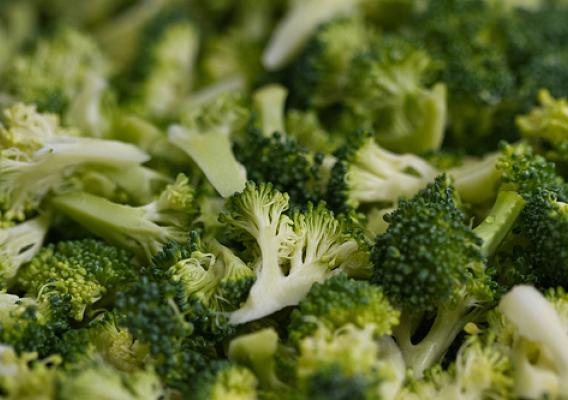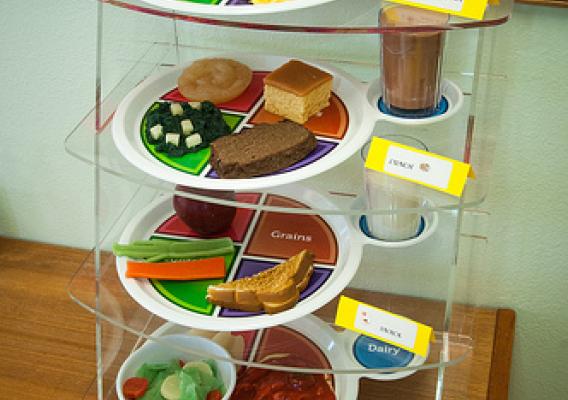Next week, I, along with dozens of staff from the U.S. Department of Agriculture will have the pleasure of joining thousands of school nutrition professionals, members of the public health community, and food industry representatives in Boston at the 68th Annual National Conference of the School Nutrition Association (SNA). This annual event provides an opportunity for stakeholders in the school nutrition community to network, gain ideas, and learn from one another.
As a past president of SNA myself, I look forward to this meeting each year. Being surrounded by dedicated nutrition professionals who all want to make sure we are providing the best possible support to our nation’s children, and hearing about all the creative approaches schools are using to successfully serve healthy school meals is quite a treat. I am excited to be able to meet with members of the community one-on-one, and hear firsthand about their successes, as well as their challenges. I also look forward to speaking to the larger audience during the second general session on Tuesday. My USDA colleagues will be on-hand throughout the conference to gather more feedback and provide additional information, technical assistance and other support to school nutrition professionals.









